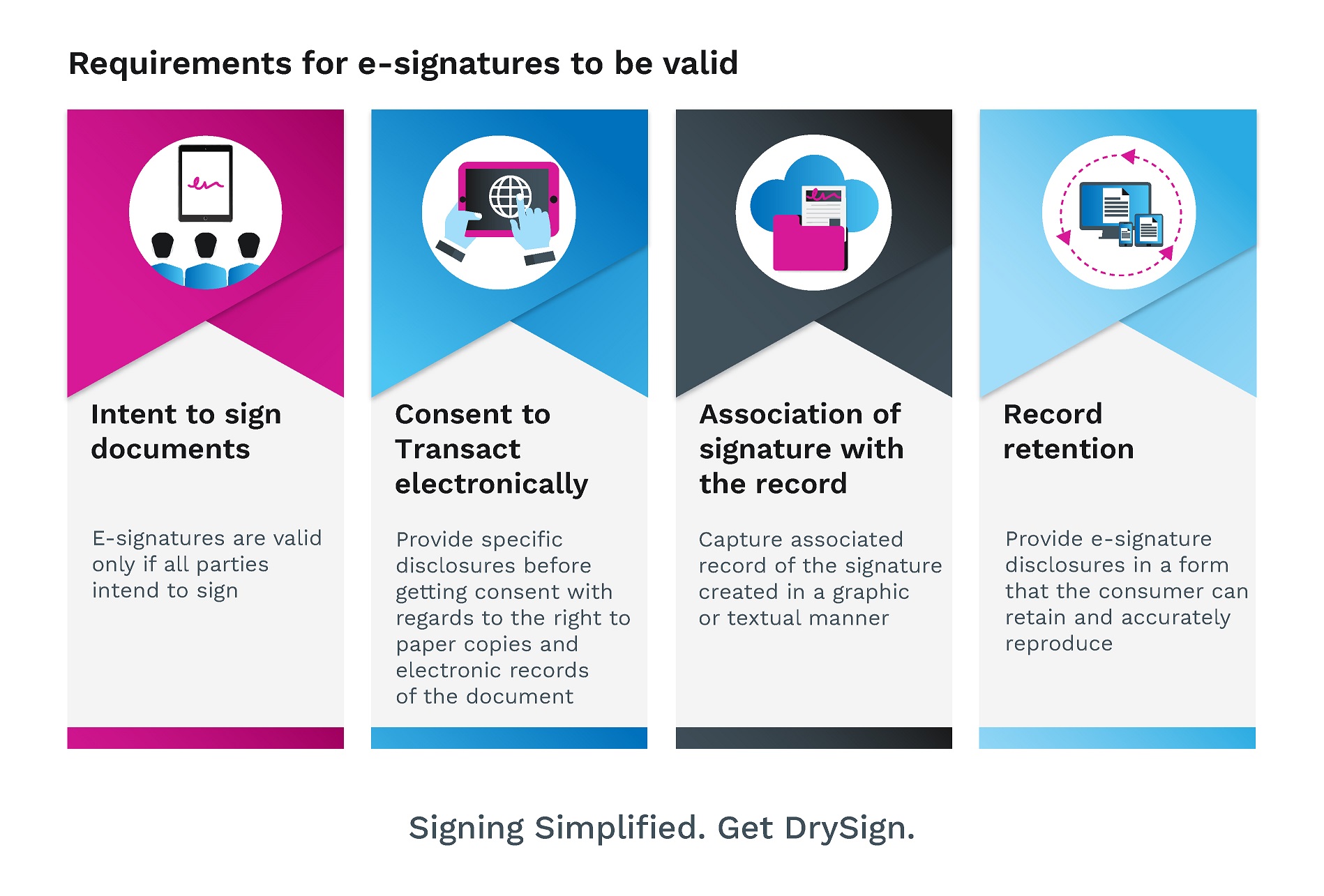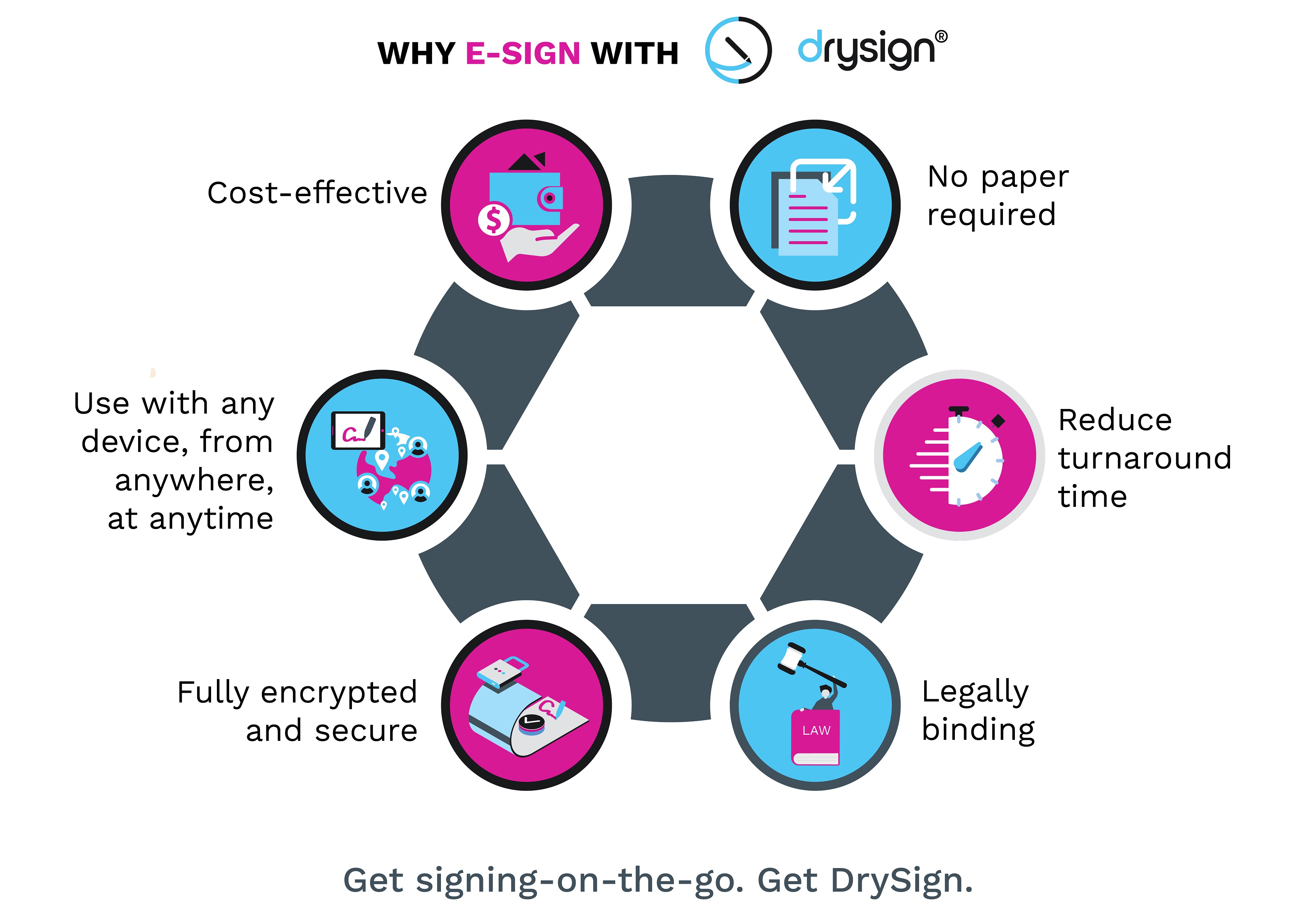E-signatures for Freelancers – A Gamechanger for the Gig Economy
Imagine a country where 70.4 million individuals have chosen to break free from the traditional 9-to-5 grind, where the workforce is as diverse as the nation itself. Welcome to the United States, where freelancing isn't just a trend; it's a way of life.
In 2022, freelancers accounted for a staggering 36% of the American workforce, and the numbers are soaring. Between 2021 and 2022, the freelancing population grew by over 20%, signifying a seismic shift in how Americans earn a living. From post-graduate professionals to creative minds in art and design, freelancing knows no bounds. But in this era of unprecedented freedom, how can we ensure that freelancers and employers are protected in this vast land of opportunity? Enter the world of eSign technology, a game-changer that's revolutionizing the way work gets done in the USA.
The Gig Economy: A Paradigm Shift
Historically, steady employment meant a lifelong commitment to a single organization, a familiar routine, and the security of a predictable paycheck. Yet, the landscape of work in the United States has undergone a remarkable transformation. Enter the gig economy—a modern paradigm shift that has redefined the very nature of employment. In the USA, the gig economy is thriving, challenging the traditional model with its dynamic approach. Here, individuals are no longer tethered to one employer; instead, they navigate a world of short-term, project-based work arrangements. These freelancers, often revered for their versatility, provide services to a multitude of clients and platforms. This seismic shift reflects a workforce that is evolving, embracing change, and redefining the American dream.
The Role of Digitalization
-
Digital Platforms: The proliferation of digital platforms has been instrumental in the rise of the gig economy. Online marketplaces like Upwork, Fiverr, and Uber connect freelancers with clients, creating a vast and accessible marketplace for skills and services. These platforms leverage technology to match workers with opportunities, ensuring a fluid and efficient job market.
-
Remote Work: Digitalization has enabled remote work on an unprecedented scale. With high-speed internet, cloud computing, and collaboration tools like Slack, work is no longer confined to a physical office. Remote work has become a defining characteristic of the gig economy, allowing individuals to work from anywhere, transcending geographical boundaries.
-
Mobile Connectivity: The proliferation of smartphones has made it easier than ever for gig workers to find and complete tasks. Mobile apps offer gig workers a platform to access job listings, communicate with clients, track their work, and receive payments from smartphones.
-
Payment Solutions: Digital payment solutions like PayPal simplify financial transactions for freelancers, eliminating the need for traditional banking systems. This ensures that freelancers can receive timely payments, even from international clients.
Paving the Way for Freelancers
-
Flexible Work Arrangements: Digitalization has allowed freelancers to embrace a lifestyle characterized by flexibility and autonomy. They have the freedom to choose projects to their liking, set their own schedules, and determine their rates.
-
Global Opportunities: The digital gig economy transcends borders and grants freelancers access to a global client base. This expanded reach empowers freelancers to collaborate with clients from diverse backgrounds, fostering cultural exchange and professional growth.
-
Skill Diversification: Freelancers often develop a diverse skill set to remain competitive in the gig economy. They adapt to changing market demands, acquiring new skills and knowledge. This continuous learning enhances their professional development.
Digitalization's impact on the gig economy sets the stage for a future dominated by remote employment. As technology advances, remote work will become increasingly seamless, blurring the lines between traditional employment and freelance opportunities. Companies are embracing remote work as a cost-effective and talent-attracting strategy, further solidifying its place in the employment landscape.
Don’t Miss to Read: DrySign Digital Signatures: The Key to Secure Transactions
Freelancers have long been celebrated for their independence, flexibility, and ability to work on various projects. However, this autonomy often comes at a cost – an unpredictable income, irregular work hours, and the constant search for new clients. While the freelance lifestyle is liberating, it can also be challenging, especially regarding financial security and long-term career goals.
Why are contracts important to freelancers?
Contract-to-hire arrangements offer a middle ground between traditional employment and freelance work. In these scenarios, freelancers are brought on for a predetermined contract period with the possibility of transitioning into full-time, permanent roles within the organization. This hybrid model offers freelancers several distinct advantages:
-
Financial Stability: One of the benefits of contract-to-hire arrangements is the promise of a steady income. Freelancers are often subject to the ebb and flow of project-based work, which can lead to income instability. Contract-to-hire situations provide a reliable paycheck, helping freelancers better manage their finances and plan for the future.
-
Foot in the Door: Many freelancers aspire to work with prestigious companies or specific industries. Contract-to-hire roles offer an opportunity to gain experience and showcase their skills to potential employers. It's a foot in the door that can lead to long-term career prospects.
-
Skill Enhancement: Contract-to-hire positions often come with access to training and professional development resources. Freelancers can expand their skill sets, learn about new technologies or industries, and grow as professionals during the contract period.
-
Benefits Package: Full-time employees typically receive perks like house rent allowance, health insurance, retirement plans, and paid time off. Contract-to-hire arrangements may include these benefits, providing freelancers a safety net and enhancing their overall job satisfaction.
-
Networking Opportunities: Working within an organization, even temporarily, allows freelancers to build valuable relationships with colleagues, managers, and industry professionals. These connections can expand their network and create future job opportunities or collaborations.
A Win-Win Scenario
Contract-to-hire situations aren't just beneficial for freelancers; they also offer advantages to employers. Organizations can evaluate a freelancer's skills, work ethic, and cultural fit during the contract period before making a long-term commitment. This "try-before-you-buy" approach reduces hiring risks and ensures that the candidate fits the team and company.
Freelancers | Embracing the Future
As the gig economy enters the global stage, freelancers embrace contract-to-hire arrangements to achieve a more balanced, secure, and fulfilling professional life. These agreements offer freelancers a bridge between the unpredictable nature of project-based work and the stability of traditional employment.
While freelancers may initially choose the freelance lifestyle for its autonomy, the prospect of contract-to-hire opportunities can provide them with the best of both worlds – the freedom to work on diverse projects and the security of a stable income and long-term career prospects. Contract-to-hire situations represent a promising avenue for freelancers to thrive in the ever-changing employment landscape, providing them with the empowerment and stability they need to excel in their careers.
The gig economy, characterized by short-term contracts and freelancing, has revolutionized the way people work. Traditional nine-to-five jobs are no longer the sole career path, as millions of freelancers and independent contractors are now integral to the global workforce. However, this transition has highlighted the need for streamlined and secure agreements between employers and freelancers.
The Challenges of Traditional Signatures
In an increasingly digital world where freelancers and employers may never meet, relying on traditional paper contracts and wet signatures can be cumbersome and impractical. These outdated methods often involve printing, signing, scanning, and emailing documents back and forth, which wastes time and poses security risks. Moreover, time zone differences and the urgency of gig-based projects require a more efficient solution.
Say Hello to eSignatures
Electronic signatures or eSignatures, offer a revolutionary solution to the challenges faced by the gig economy. Here's why they are essential:
-
Efficiency: E-signatures for freelancers eliminate the need for physical documents and the logistical nightmares associated with them. Contracts can be signed electronically from anywhere worldwide between employers and freelancers with just a few clicks. This expedites the hiring process and enables them to start work promptly.
-
Security: Security is paramount when sharing sensitive information and contracts. Electronic signatures employ advanced encryption techniques to ensure the confidentiality and integrity of documents. This reassures both parties that their data is safe from unauthorized access.
-
Convenience: Freelancers and employers can sign documents on their preferred devices, whether it's a smartphone, tablet, or computer. This flexibility is particularly important in the gig economy, where participants often work remotely.
-
Legal Validity: E-signatures are legally binding in most countries, including the Philippines. They adhere to the requirements in laws such as the Electronic Signatures in Global and National Commerce Act (E-Sign Act) and the Uniform Electronic Transactions Act (UETA). This means that contracts signed electronically hold the same legal weight as traditional signatures.
-
Paperless Approach: Using eSignatures promotes sustainability by reducing the need for paper. This environmentally friendly approach aligns with the modern world's focus on eco-conscious practices.
Introducing You to DrySign
DrySign, a trusted provider of electronic signature solutions, offers enterprises a robust platform to streamline their signature processes. With DrySign, companies benefit from heightened productivity, improved efficiency, and increased engagement.
It simplifies bulk document distribution, collection of signatures, and storage of digital documents. The platform bolsters document security through two-factor authentication, thwarting unauthorized access attempts.
DrySign also provides total transparency, enabling real-time tracking of the signing progress, signatory details, and document modifications. Its versatility allows usage across various devices, from smartphones to laptops. Additionally, the platform offers efficient template creation for frequently used documents, saving valuable time.
DrySign's seamless document workflow ensures all documents are eSigned, facilitating efficient record-keeping. Most importantly, DrySign guarantees compliance with international electronic signature laws, ensuring the indisputable legality of eSignatures for contracts, agreements, and deals.
Sign all documents with ease using DrySign.
DISCLAIMER: The information on this site is for general information purposes only and is not intended to serve as legal advice. Laws governing the subject matter may change quickly, and Exela cannot guarantee that all the information on this site is current or correct. Should you have specific legal questions about any of the information on this site, you should consult with a licensed attorney in your area.






